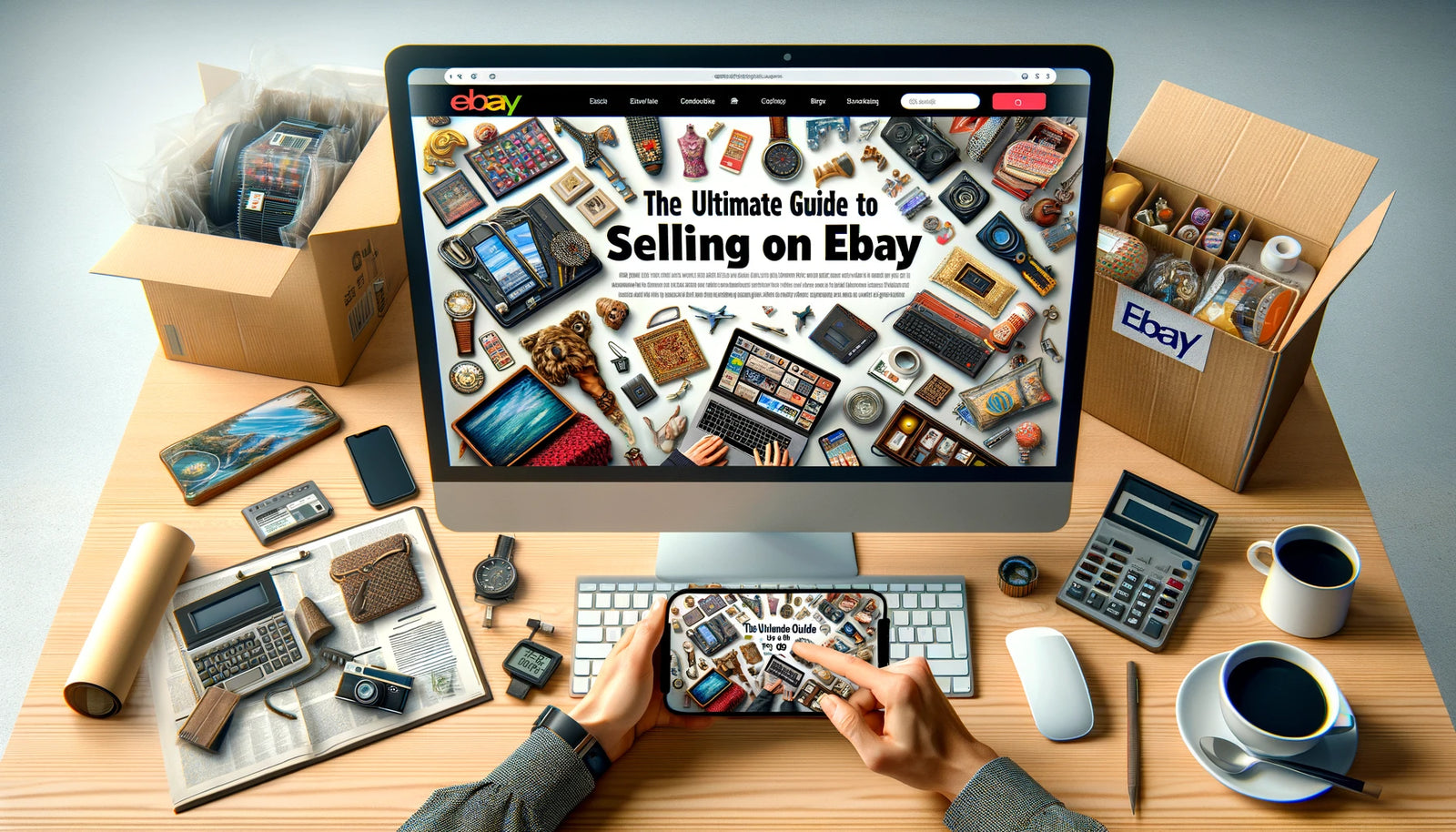Selling on eBay can be a rewarding venture, whether you're looking to declutter your home, start a side hustle, or launch a full-fledged e-commerce business. With millions of active users, eBay offers a vast marketplace to reach potential buyers globally. This guide will walk you through the essentials of selling on eBay, from setting up your account to optimizing your listings for maximum visibility and sales.
Setting Up Your eBay Seller Account
Before you start listing items, you need to set up a seller account on eBay. Here’s a step-by-step guide:
- Create an eBay Account: If you don’t already have an eBay account, sign up at eBay.com. Click on “Register” and fill in the required information.
- Switch to a Seller Account: Once your account is set up, go to the eBay homepage, click on “Sell” at the top of the page, and follow the prompts to switch to a seller account. You’ll need to provide additional information, including your bank account details for receiving payments.
- Choose a Selling Format: Decide whether you want to list your items as auctions or fixed-price listings. Auctions can create excitement and potentially drive up prices, while fixed-price listings offer buyers the certainty of knowing what they’ll pay.
Researching and Pricing Your Items
Understanding the market value of your items is crucial for successful sales. Here’s how to do it:
- Conduct Market Research: Use eBay’s search function to look up similar items. Pay attention to the “Sold Listings” filter to see what similar items have sold for recently. This gives you an idea of the going rate for your items.
- Consider Condition and Rarity: Items in better condition or that are rare can command higher prices. Be honest and detailed in your item descriptions to manage buyer expectations.
- Factor in Fees: eBay charges listing fees and final value fees, so consider these when pricing your items. For more information on eBay’s fee structure, visit their seller fees page.
Creating Effective Listings
Your item listing is your primary sales pitch. Follow these tips to create compelling listings:
- Write Descriptive Titles: Your title should be clear and descriptive. Include relevant keywords that potential buyers might use in their searches. For example, instead of “Nice Watch,” use “Vintage Rolex Submariner Stainless Steel Watch 40mm.”
- Take High-Quality Photos: Good photos are critical. Use natural lighting and take pictures from multiple angles. Include close-ups of any flaws to maintain transparency. eBay allows up to 12 free photos per listing.
- Craft Detailed Descriptions: Provide thorough descriptions, including the item’s condition, specifications, and any relevant history. Be honest about any flaws to build trust with buyers.
- Use Item Specifics: Fill out all relevant item specifics provided by eBay. This helps your listing appear in more search results.
Managing Shipping and Returns
Offering reliable shipping and returns can enhance your reputation as a seller:
- Choose Shipping Options: Decide whether to offer free shipping or charge for shipping. Free shipping can attract more buyers, but you’ll need to factor the cost into your pricing.
- Ship Promptly: Aim to ship items within 1-2 business days after receiving payment. Use tracking numbers to give buyers peace of mind.
- Create a Return Policy: A clear return policy can increase buyer confidence. Decide on a timeframe for returns and who will cover return shipping costs.
Enhancing Your Seller Reputation
Your reputation as a seller is vital for long-term success:
- Communicate Clearly: Respond promptly to buyer inquiries and provide excellent customer service.
- Maintain High Standards: Strive for accuracy in your listings and fulfill orders as described. Positive feedback from buyers will enhance your credibility.
- Monitor Performance Metrics: eBay provides performance metrics on your seller dashboard. Monitor these regularly and address any issues promptly.
Utilizing eBay Tools and Resources
Take advantage of eBay’s tools and resources to optimize your selling experience:
- Promoted Listings: Increase your item’s visibility by using eBay’s promoted listings. This feature places your item higher in search results for a fee.
- eBay Seller Hub: The Seller Hub is a comprehensive tool for managing your listings, tracking performance, and accessing insights. Learn more about it on eBay’s Seller Hub page.
- eBay Community: Join the eBay Community to connect with other sellers, share tips, and get advice. Visit the eBay Community page to get started.
Conclusion
Selling on eBay can be a profitable and enjoyable experience when you know the ropes. By following these tips and utilizing eBay’s tools and resources, you can maximize your sales and build a successful online selling business. Happy selling!
For more detailed insights and updates on eBay’s policies, visit their official help pages.
Remember to keep your listings up-to-date, stay informed about eBay’s policies, and continually refine your strategies based on your experiences and market trends. Whether you're selling collectibles, electronics, fashion, or everyday items, eBay provides a dynamic platform to reach a vast audience and grow your sales.






Leave a comment (all fields required)